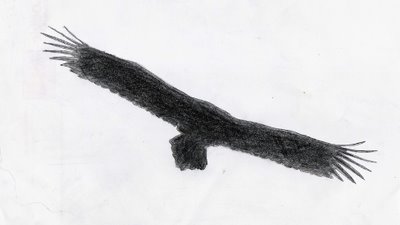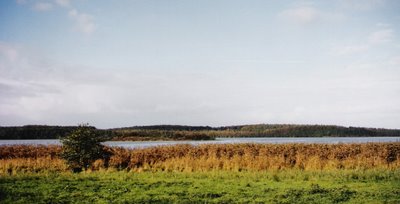
This year was an extremely good year for the white-tailed eagle in Denmark. 11 out of 16 pairs have breeded, three pairs even got triplets, and 24 young eagles are on their wings in 2006. Now there are in all 112 white-tailed eagles who have grown up in the Danish nature, informs project manager Lennart Pedersen from Dansk Ornitologisk forening.
The white-tailed eagle is North Europe's biggest bird of prey - sometimes called 'The Flying Door' - and it was a Danish breeding bird since Stone Age, but suffered like many other birds of prey from persecution in the beginning of the 1900s and was exterminated as permanent breeding bird in the 1920s. Fortunately it returned permanently in the 1990s. The white-tailed eagle in Denmark is especially nesting in big manor estates with lakes and forests, where there's no public access in the breeding time. On Zealand are seven pairs with permanent territory, Lolland five, Jutland three and Funen one.
Today the shy white-tailed eagle is one of the bird species who enjoys the results from the latest 20-25 years of nature restoration, hunting restrictions and efforts against DDT and other pesticides in agriculture.

Arreskov sø and the manor

Brændegård sø
The white-tailed eagle pair on Funen is nesting in Arreskov estate, but the forest is closed in summer during the breeding time. There are no boats on the lakes and only little fishing in this period, and the farmer takes care not to cut down trees in a certain distance from the nest. If the eagle feels threatened, it will leave the nest. But in August and September it is possible to go to Arreskov and Brændegård Sø and experience, when the eagle parents take the young ones out to learn them how to catch a cormorant.
photo and silhuet: grethe bachmann
